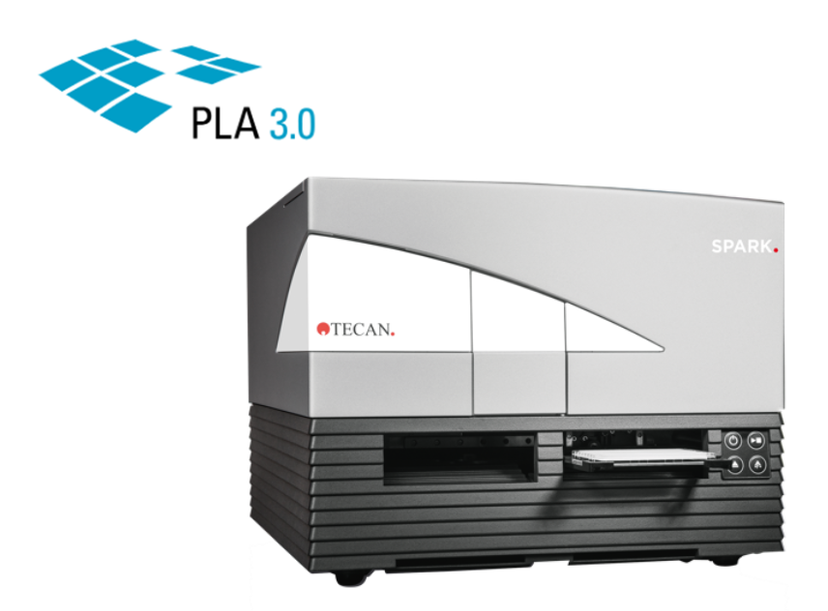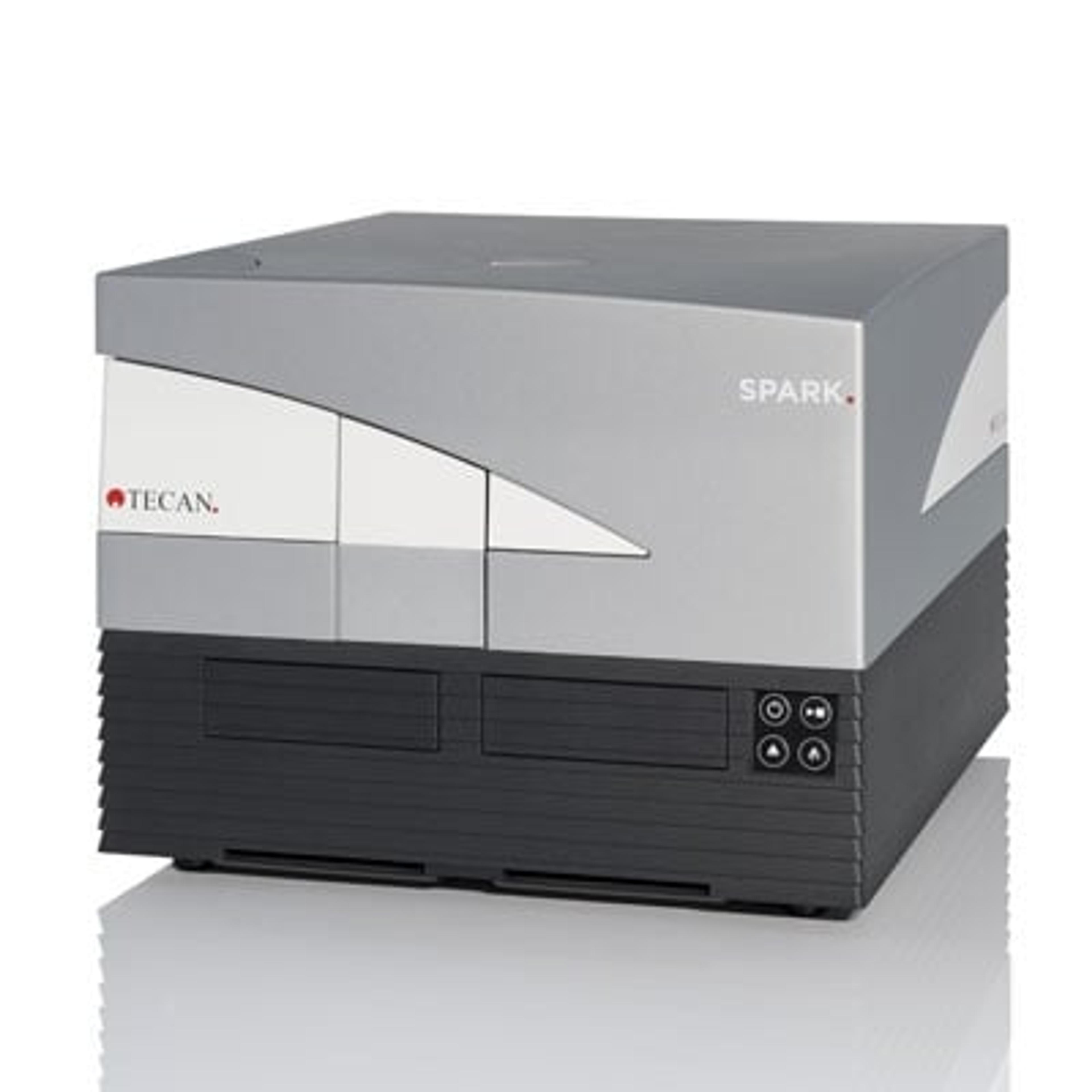Matrix approach enhances potency assay development for ATMPs
Scientists at Charles River Laboratories share top tips for overcoming the challenges of designing a potency assay development strategy for advanced therapy medicinal products
21 Mar 2025

(left) Scientific Director for Global in vitro Bioassays, Dr. Ulrike Herbrand and (right) Scientific Officer, R&D, Dr. Sascha Karassek, Charles River Laboratories
Monitoring the potency of advanced therapy medicinal products (ATMPs) such as cell and gene therapies is a process fraught with difficulties. But with the help of assay development strategies and technologies, it is possible to avoid the pitfalls that can hinder drug development efforts.
It is a challenge that Charles River Laboratories, a global contract research organization (CRO) with extensive expertise in developing test methods for ATMPs, have the capabilities to tackle.
Speaking with Scientific Director for Global in vitro Bioassays, Dr. Ulrike Herbrand and Scientific Officer, R&D, Dr. Sascha Karassek, SelectScience® explores some of the key considerations for enhancing potency assay development in more detail, and how Charles River Laboratories has honed its approach to make sure consistency, meets regulatory requirements, and ensures safety and efficacy for the patient.
A critical test for product safety
Potency assays are an essential step in securing regulatory approval and lot release of ATMPs. Monitoring potency – a critical quality attribute (CQA) – demonstrates manufacturing quality, consistency and stability, ultimately helping to ensure the safety and efficacy of these therapeutics.
Herbrand explains, “the idea of potency or bioactivity assays is testing for something relative, so you need a reference which perfectly remains at the same level within the assay over time. This can't be achieved in many cases. For cell therapy products like CAR-T cells and especially for autologous products, it doesn't work at all. And even for products like AAV, limitations are coming from batch sizes. Currently it can’t be upscaled to a level that is common for protein therapeutics.”
Many ATMPs are intended to treat rare diseases, which often means batch sizes are limited. This, along with limited shelf life, contributes to the lack of general availability of long-term reference material.
Take the matrix approach
When starting to design a potency assay, the key is to understand the mode of action (MOA). “Ideally we’ll set up an in vitro system that reflects that MOA,” says Karassek, who first looks to access corresponding target cells, ideally from the same type of tissue that the drug should target. “The more information that is available at the beginning, and the more available on the market regarding reporter cells and systems, the easier it will be to set up that assay,” he adds.
Digging deeper into the MOA, Karassek explains, “The simplest scenario occurs when the product is expressed solely within a cell and also performs its function there. In that scenario, you might just need to show that it's present, by using a binding assay, for example. That's easier to design than if your final product is expressed in one cell, secreted into the bloodstream, and then active on another cell, inducing a response. In this example, you would need a cell line to transfect or transduce so that it's produced. You also need a system, e.g. , a reporter cell line, which is suitable to show that produced protein or soluble factor is also active.”
The matrix approach suggests an incremental development of potency tests. For example, starting with in vivo models in the discovery and preclinical phase to show proof of concept, evolving to continuously optimized in vitro testing from the early phases of clinical development for a more robust assay for good manufacturing practice (GMP) validation1. Typically, in the beginning the transcriptional, translational and (if applicable) functional level are addressed. Often the transcriptional level is sufficient for release in early phases, whereas for later phase functional readouts are required.
If the mode of action of a certain product is not fully understood in the beginning or if several modes of action are relevant for the clinical outcome, all those should be addressed, at least in the beginning. This is known as the matrix approach.
Dr. Ulrike Herbrand Scientific Director for Global in vitro Bioassays, Charles River Laboratories
Know your regulatory requirements
When designing your assay, regulatory requirements are critical. “Whatever we develop needs to go into GMP for lot release, for stability testing, and it's a regulatory requirement that those methods can be validated and are under control to ensure patient safety,” explains Herbrand. “And especially for ATMPs, we need to consider where the clients want to go to market. It makes a big difference whether they want to go to the US, EU, or both markets. There is no mutual recognition between the FDA and EMA for ATMP products yet.”
Avoid dose-response toxicity
Another crucial design consideration for Karassek is the dose-response curve. “You need to identify a concentration range where you can generate a potency curve that ideally adheres to the four-parameter logistic fit model,” he explains. “In some cases, it's hard to get into the upper asymptote of your dose-response curve because theoretically, you can pump the cell full of plasmid DNA, so it will produce more and more, and you don't really get into saturation. What you can get is toxicity as a side effect. It's a balance to find the right range to work in.”
The importance of consistency
A key element of GMP is consistency. “We need to make sure that we have maximum control about every assay step,” says Herbrand. “And one important tool that's made its way into general guidelines is quality by design (QbD), or design of experiments.”
“The idea is to ensure that, on the one hand, the best assay conditions are identified, while on the other hand, unwanted interactions between different method parameters — such as incubation time, cell number, and temperature — are excluded. These ideal conditions are incorporated into the final method with a sufficient level of detail,” she adds.
Guidance on QbD – also referred to as a systematic approach – advises it can improve the quality of the product, help regulators to understand the company strategy and be used in the development of analytical procedures, such as potency assays2,3.
“Consistency in potency assays for ATMPs is more challenging compared to traditional protein therapeutics. One approach to reduce higher variability involves combining multiple assays into a larger, more stable assay. For instance, implementing an ELISA method in a transfection assay and followed reporter assay allows quantification of the transgene protein,” Karassek adds. “This ensures consistent starting amounts in the reporter assay and reduces variability coming from the transfection method. Additionally, an interesting point is that the ELISA confirms protein expression, while the reporter demonstrates the bioactivity of the translated protein.”

Managing the challenges of potency assay development for ATMPs such as cell and gene therapies:
Tecan Spark® multimode plate reader* combined with Stegmann Systems PLA 3.0 bioassay software ensures consistent bioassay development throughout the entire product lifecycle, from drug discovery to production quality control.
Limit variability with advanced technology
Automation platforms and advanced microplate readers are a valuable tool to consider for limiting variability. Herbrand points out, “the benefits of automation are mainly in throughput, increasing productivity without compromising on data quality if you make use of the right tools.”
This is particularly beneficial for ATMP manufacturing sites, Herbrand notes. “If they have to run batch analysis at preclinical stage to generate data and to push products into market, automation can be really helpful.”
Additionally, software can be useful for verifying data quality3. When considering the value that software and instrumentation bring to meeting GMP standards, Herbrand cautions that, “we always need to make sure that all devices are 21 CFR Part 11-compliant and that they are robust. There is a comprehensive validation process at all sites working to GMP to implement new devices, but with the right support and features, these devices can be successfully built into routine GMP processes.”
Prepare early
With so many challenges and limitations to overcome, it is critical for ATMP producers to plan ahead for assay development. Herbrand advises, “speak to the regulatory people early and come to an agreement on what exactly they are expecting for this product.” Ultimately, developing a potency assay strategy that is consistent, meets regulatory requirements, and ensures a safe, therapeutic effect for the patient takes time.
References
- 1. Grigoriadou, C., Lin, S., Hildebrand, D., Cheung, W. D., Pach, R., Boregowda, R., Hay, H., Currie, S., et. al. Challenges for potency assay development for in vivo and ex vivo gene therapies and the matrix approach. Biophorum. 2021. DOI:10.46220/2021CGT005
- 2. International Council for Harmonisation of Technical Requirements for Pharmaceuticals for Human Use (ICH). Guideline Q8 (R2) on pharmaceutical development – Step 5 version. 2017.
- 3. ICH Guideline Q14 on analytical procedure development – Step 5 version. 2024.
*Spark is for Research Use Only. Not for use in diagnostic procedures.
Want to learn more?
Register for our free webinar to hear directly from Dr. Sascha Karassek as he deep dives into the matrix approach for ATMPs: //zephr.selectscience.net/webinar/potency-assay-development-for-advanced-therapy-medicinal-products

